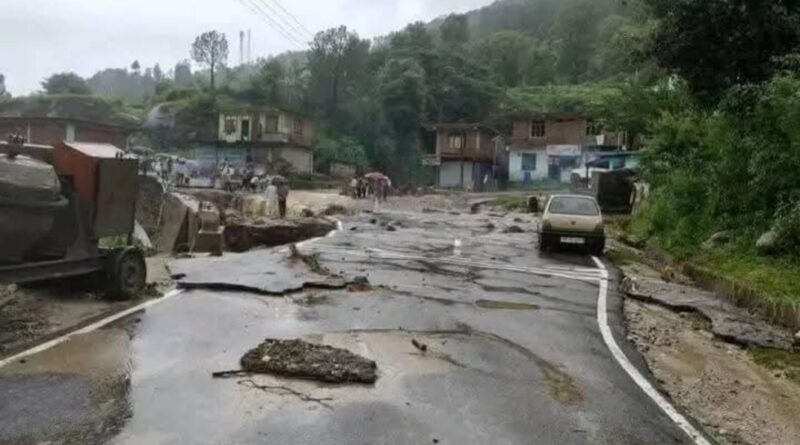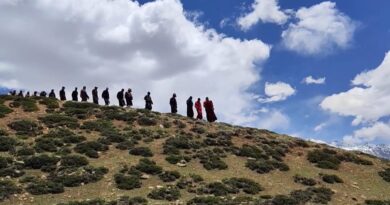Centre Announces Expert Task Force to Protect Himachal from Future Disasters
As Himachal Pradesh continues to grapple with the devastating impact of natural disasters—cloudbursts, flash floods, landslides, and relentless rains—Union Home Minister Amit Shah has stepped in with a decisive plan to safeguard the state’s future.
In a high-level meeting, Shah directed the formation of a multi-disciplinary central team of experts from leading institutions across India. Their mission: to assess the state’s environmental vulnerabilities and recommend long-term strategies to make Himachal disaster-resilient.
The team will include specialists from the National Disaster Management Authority (NDMA), Central Building Research Institute (CBRI) Roorkee, Indian Institute of Tropical Meteorology (IITM) Pune, IIT Indore, and geologists—bringing together science, engineering, and policy to tackle the crisis head-on.
Even before receiving a formal request from the state government, the Centre had already dispatched an Inter-Ministerial Central Team (IMCT) to conduct on-ground damage assessments from July 18 to 21. This proactive move underscores the Centre’s commitment to standing by disaster-hit regions without delay or discrimination.
Under Prime Minister Narendra Modi’s leadership, the government has sanctioned ₹2006.40 crore for Himachal’s recovery and reconstruction efforts following the 2023 disasters. The first installment of ₹451.44 crore was released on July 7, 2025. Additionally, ₹198.80 crore was provided from the State Disaster Response Fund (SDRF) in June to support immediate relief.
To bolster rescue operations, 13 National Disaster Response Force (NDRF) teams, along with Army and Air Force personnel, have been deployed across the state, ensuring swift and coordinated action.
Officials emphasized that this expert-led intervention is not just about recovery—it’s about preparing Himachal for a safer, more secure future. The goal is clear: reduce long-term risks, protect lives, and build resilience in one of India’s most vulnerable hilly regions.



